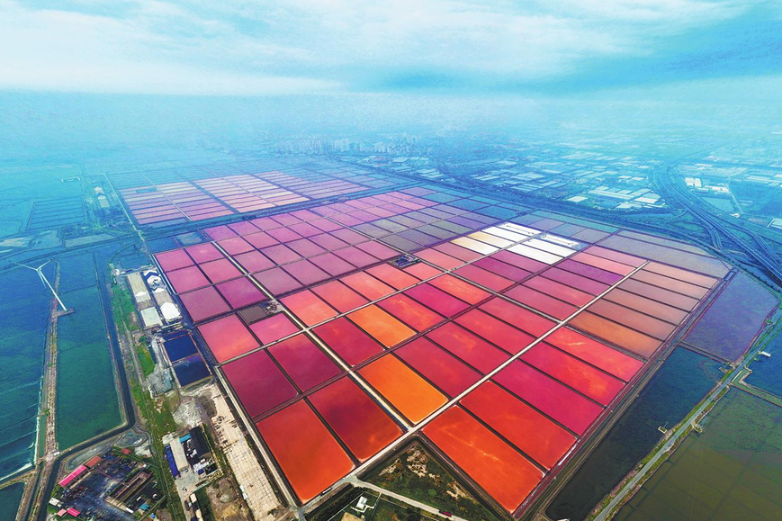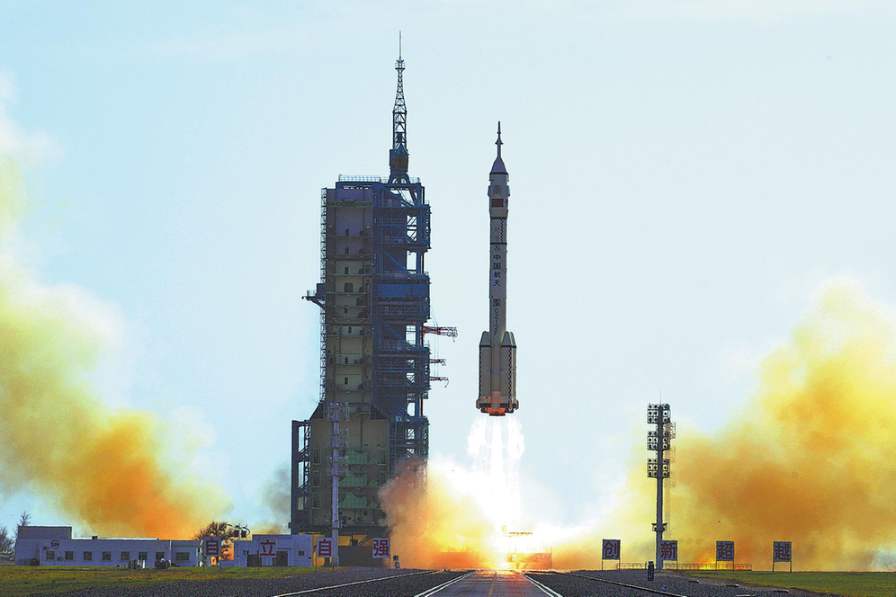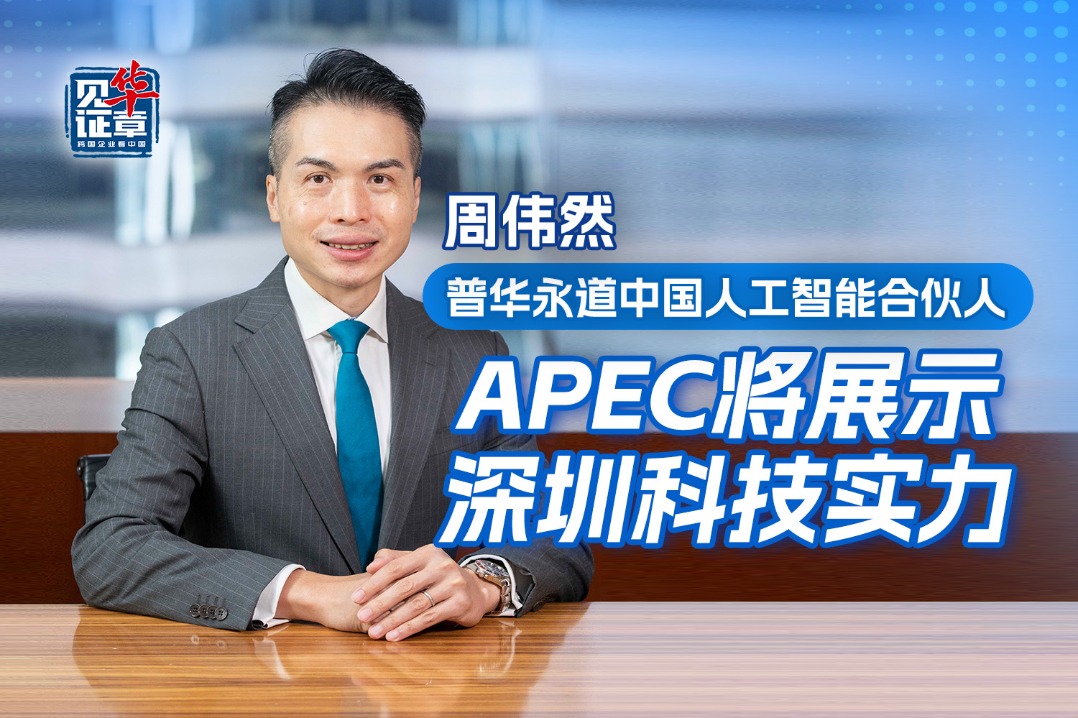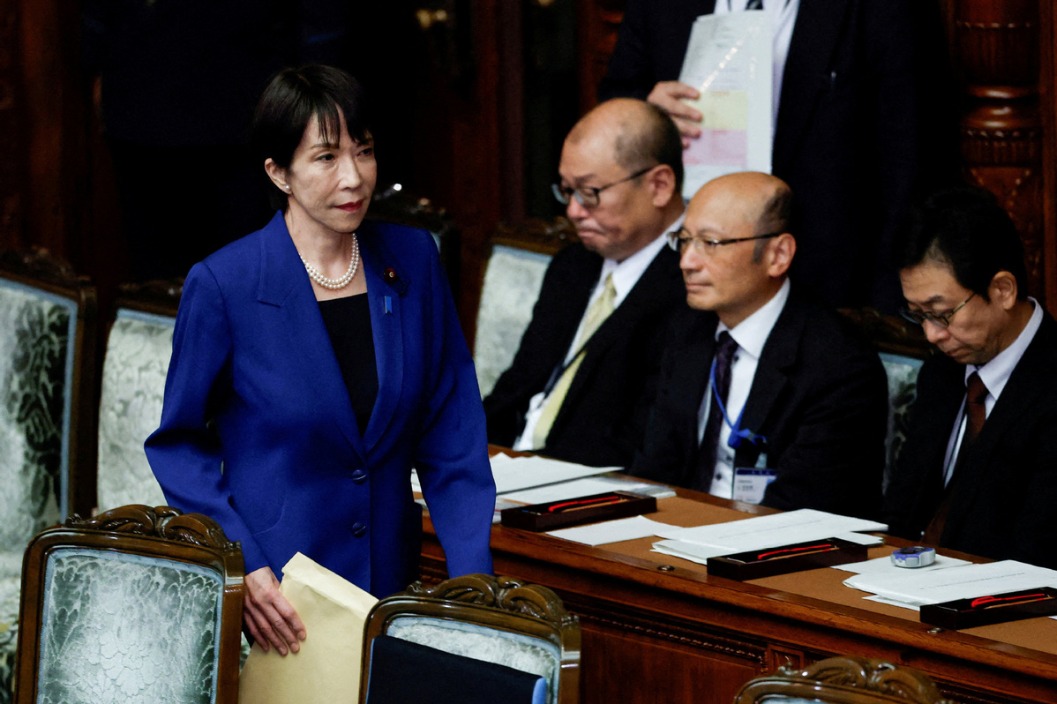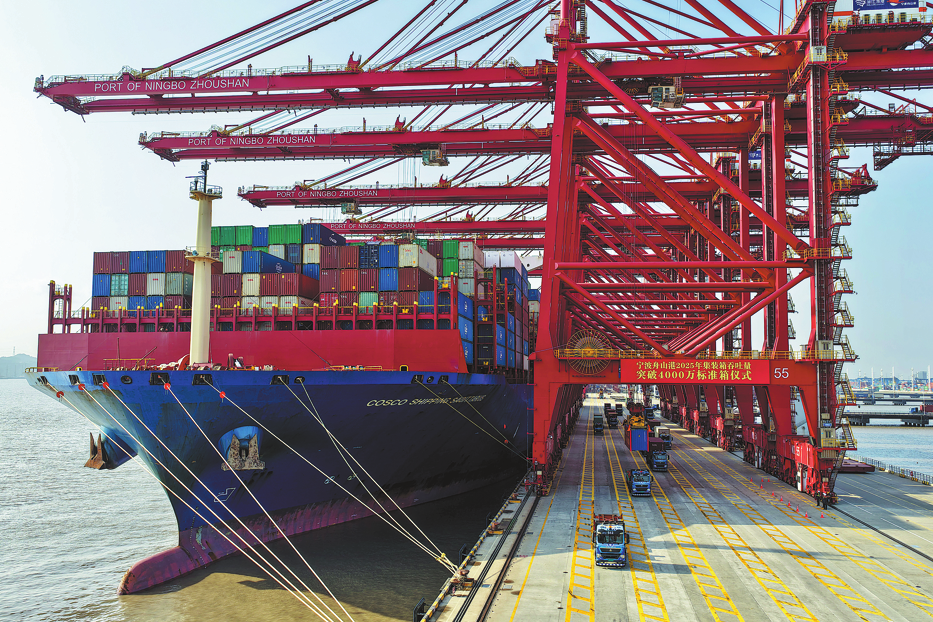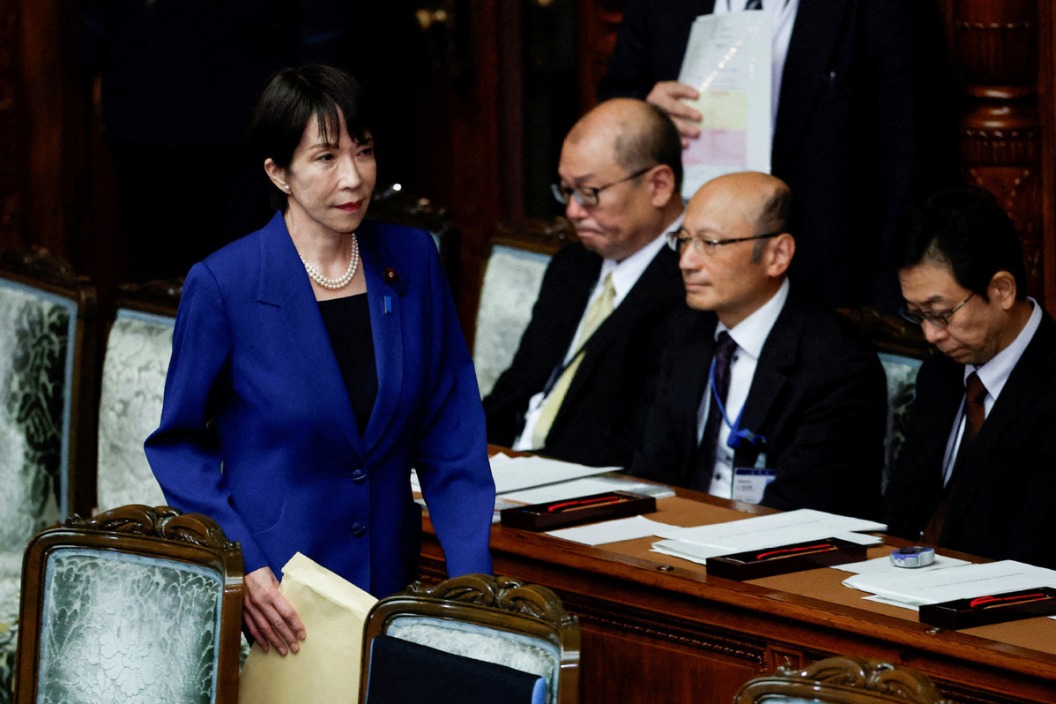Deviating from Paris
The time for the world to accelerate its efforts to limit global warming to 1.5 C is now

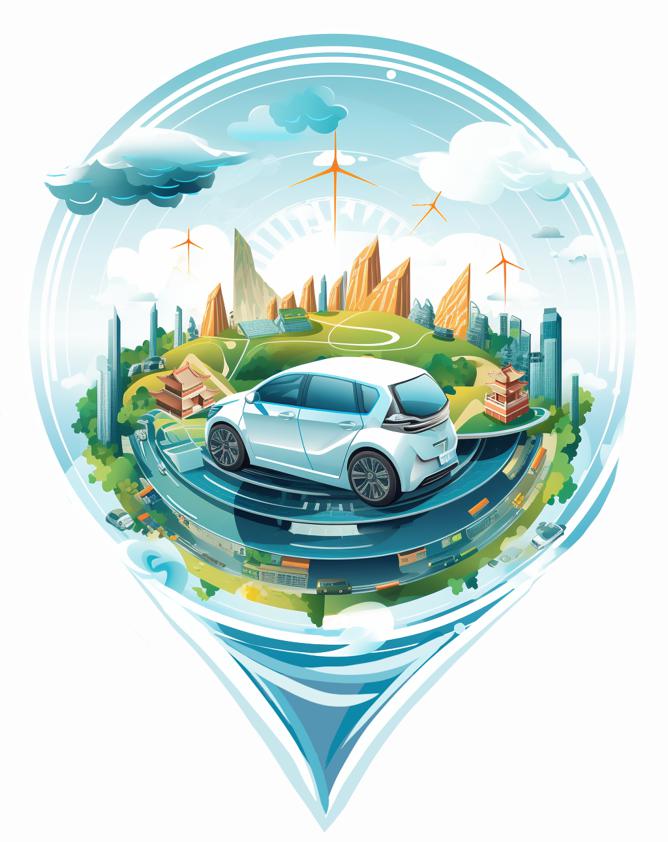
The time for the world to accelerate its efforts to limit global warming to 1.5 C is now
The air pollution challenges we face are immense. Recent studies indicate that in 2019 more than six million people died prematurely because of exposure to air pollution, the fourth-leading cause of premature death. There are many pollution sources of course, but vehicles stand out because they emit their pollution in the breathing zone of people.
Traffic is also one of the major contributors to climate change which is already having devastating effects around the world — fires, floods, more intense storms, and extreme heat waves, to cite a few recent examples. The Intergovernmental Panel on Climate Change (IPCC) noted: "Widespread and rapid changes in the atmosphere, ocean, cryosphere, and biosphere have occurred. Human-caused climate change is already affecting many weather and climate extremes in every region across the globe. This has led to widespread adverse impacts and related losses and damages to nature and people."
Increasingly, we are seeing clear linkages between urban air pollution and climate change. For example, just a few months ago, New York recorded some of the worst air pollution ever recorded in the city. And remarkably it was not caused by local pollution sources but rather by out-of-control forest fires in Canada resulting from climate change.
Fortunately, emissions of particles, nitrogen oxides and hydrocarbons from new vehicles are coming down. China, which began to seriously address vehicle emissions 10 years later than Europe, now produces new cars that are cleaner than new cars produced in Europe due to tighter evaporative emissions control and more advanced diagnostic technology.
And regarding climate change, China has pledged that it will peak its carbon emissions before 2030 and achieve carbon neutrality before 2060. Perhaps even more importantly, China has nurtured the development of the technology which is the key to solving the transportation challenge in both urban air pollution and global warming — new energy vehicles.
Ten or 15 years ago, we were struggling to create a market for electric cars in the United States. In fact, as far back as 1990, the California Air Resources Board (CARB) mandated the introduction of battery electric vehicles, the so-called zero emissions vehicle (ZEV) mandate, but this had only limited success until recently.
NEVs if fueled by green electricity produced by renewable energy are inherently clean; they emit no tailpipe emissions, thereby potentially solving the transportation contribution to both urban air pollution and climate change. (We will still need to address problems such as tire and brake wear which are not related to combustion.)
China has also launched a series of policies to promote the sale of NEVs and has rapidly become the largest producer as well as the largest market in the world for these vehicles. The measures include purchase subsidies, tax exemptions, infrastructure construction, and privileges in vehicle registration from the lottery system that cities such as Beijing have put in place to constrain the growth in the number of polluting vehicles.
In 2022, China's market for NEVs reached 26 percent of total new vehicle sales, leading big markets in the world.
Fortunately, the rest of the world is trying to catch up. The EU is aiming to have 100 percent of light duty vehicle sales by 2035 to be zero emissions vehicles. Already in 2022, 22 percent of its car sales were ZEVs. California has also announced its intention to have 100 percent of new light duty vehicle sales be zero emissions by 2035; 17 other states in the US have signed up to follow California down this same path. The US EPA has recently proposed a rule that would likely result in 67 percent of all new cars and 46 percent of medium duty trucks being battery electric or fuel cells by 2032. Progress is also occurring with heavy duty vehicles and engines in China. China's Clean Diesel Action Plan requires the share of freight transportation volume by road transportation to be reduced. China emphasizes transportation structure adjustments, featured by road to rail and road to waterway which are much cleaner modes of goods movement. Further, the Ministry of Ecology and Environment has implemented the so-called environmental protection performance classification system, which assigns each company with an environmental protection performance grade (A, B, C, D). Grade A companies do not need to stop or reduce production during high pollution days while grade B, C and D companies will need to stop or reduce production to a certain extent during high pollution days. There are many factors taken into consideration when assigning the grade to each company, and the share of clean transportation modals (such as railways and waterways) and NEV deployments are important factors. In key ports, 80 percent of ore and coke should be transported by rail, water, enclosed belt conveyor or NEVs; in major coal provinces, 90 percent of ore and coke that is transported more than 500 kilometers should be transported by rail and rail should be available in at least 70 percent of key ports by 2025. As a result, port cities with heavy industries, such as Tangshan, have emerged as market leaders for zero-emission heavy vehicles.
Once again, however, both the EU and California are planning more aggressive steps. The EU will require 100 percent zero emissions heavy duty vehicles by 2040 and California by 2036.
What does all this mean for China going forward? Considering China's historical global leadership on new energy vehicles and the crisis the planet is facing regarding climate change, I recommend that China accelerate the pace of phasing out the sale of vehicles with internal combustion engines. As a planet, we are not on track to achieve the target agreed in Paris of limiting warming to 1.5 C and must accelerate our efforts. We truly are facing a crisis and risk reaching a tipping point which could accelerate the damage, perhaps irreversibly. As noted in the latest report by the IPCC, "there is a rapidly closing window of opportunity to secure a livable and sustainable future for all". The time for action is now.
The author is a board member emeritus at the International Council on Clean Transportation in Washington DC and a recipient of the Friendship Award of the Chinese Government. The author contributed this article to China Watch, a think tank powered by China Daily. The views do not necessarily reflect those of China Daily.
Contact the editor at editor@chinawatch.cn.

















